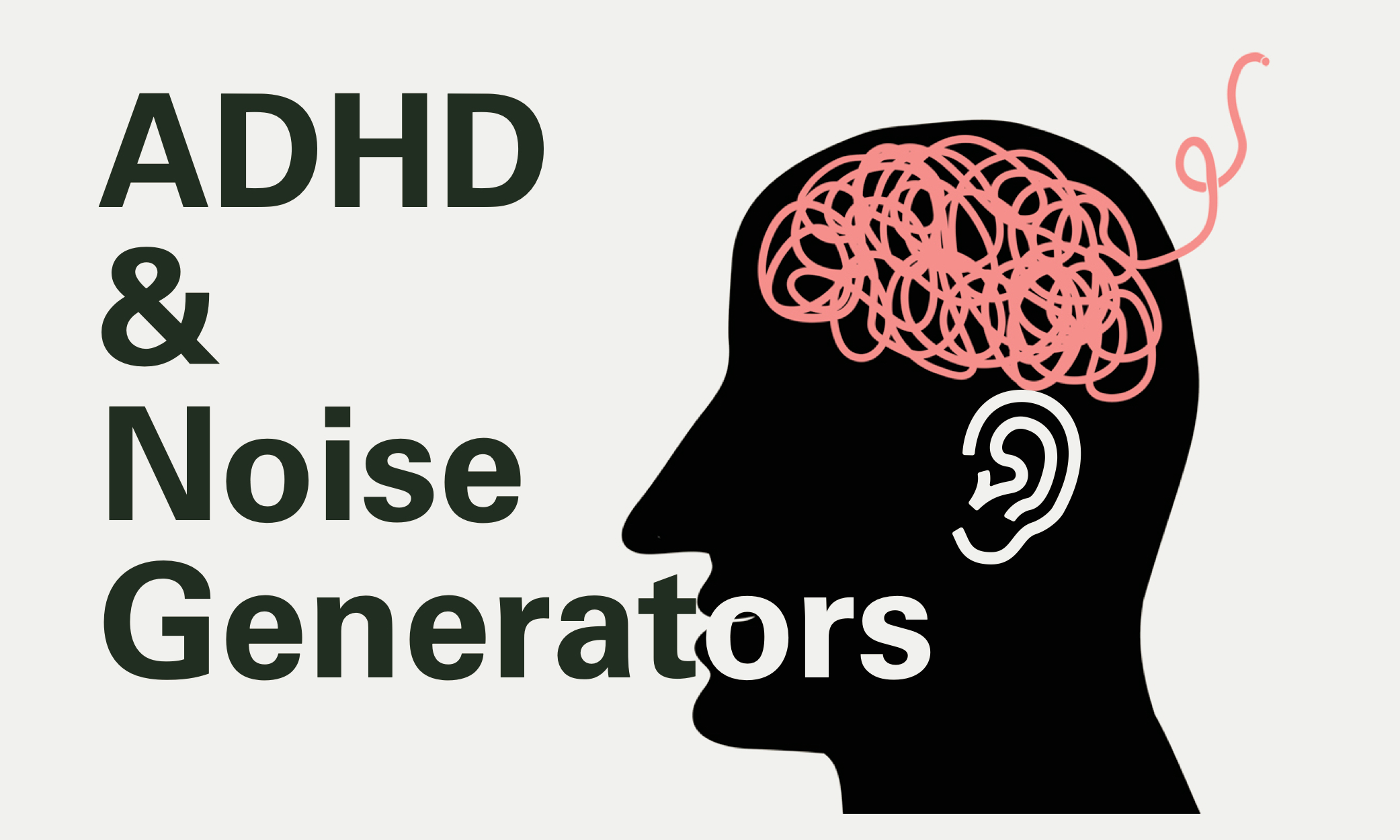FF 4.7 | Jamming
7 Jamming (2-5 days)
Objectives
Have students, in groups, choose a song and use cowboy chords, power chords, bass, drums, and vocals to perform it live together.
Procedure
Choose the Capstone: Decide whether the capstone for this unit will be jamming or songwriting based on previous units' capstones and student interest.
Introduction to Jamming/Songwriting: Watch a video of a band playing a song that has a mix of cowboy chords, power chords, bass, drums, and voice and discuss how the different rolls go together.
Class Example: Choose a simple three or four chord song and play the elements of a rhythm section (bass, power chords, and cowboy chords) individually as a class. Assign different elements to groups of students, ask for student volunteers to play drums and sing. Play a section of the song together as a class with the different roles.
Group Formation: Divide the class into small groups or bands, ensuring a mix of abilities. Assign roles based on students' skills and preferences.
Choosing A Tune: Have students choose a song and find a chord/lyric sheet to use for their performance. Make sure the music they found is at their ability level and doesn’t need a capo.
Arranging: Have students select the section(s) of the song they would like to perform and have them select different chordal rolls to differentiate song sections.
Practice: Give time for students to practice with their groups. Walk around and help students along with the practice process.
Performance Preparation: Help each group prepare for a final performance or recording. This could involve live performance in class, school event, or recording their music for sharing.
Listening and Feedback: Play the songs live for each other or listen to eachother’s recordings. Allow students to give each other constructive feedback.
Assessment
Observational assessment of group collaboration and individual contribution.
Peer feedback sessions focusing on constructive criticism and positive reinforcement.
Reflective discussion or written reflection on the process, challenges overcome, and skills learned.
Opening and Closing Activities
Opening Activity: Warm-up jam session focusing on listening and responding to each other musically.
Closing Activity: Have students discuss what worked well, what challenges were faced, and how they were overcome in their practice. Encourage students to share their thoughts on the importance of collaboration in music in their practice journal.
Differentiation
Remediation: Simplify parts for students struggling with the technical aspects, focusing on root notes for bass lines or basic strumming patterns. Provide pre-selected songs and arrangements for student groups that need more direction with selecting their song.
Enrichment: Allow students with more experience to include more advanced picking hand techniques and textures such as arpeggios and ornamentation.
Notes
Emphasize the importance of listening to each other and working as a team to create a cohesive musical piece.
Encourage students to respect each other's contributions and provide positive, constructive feedback.
Create a supportive environment where experimentation and creativity are valued over perfection.





